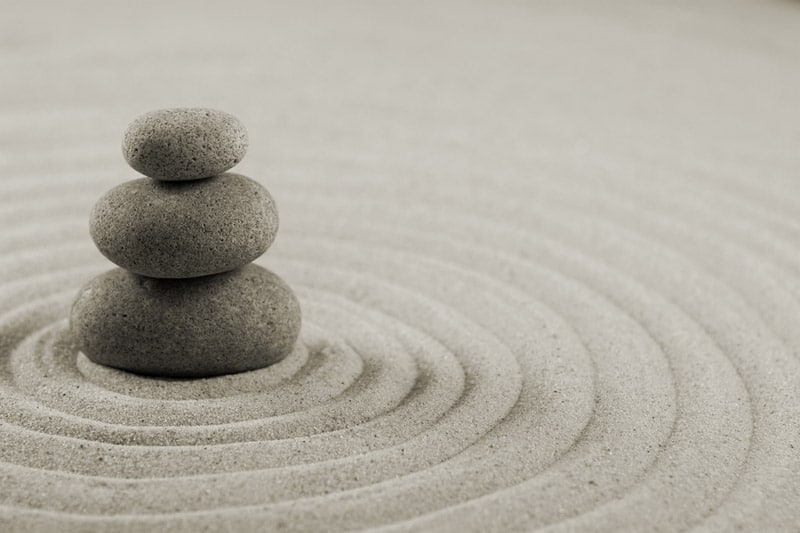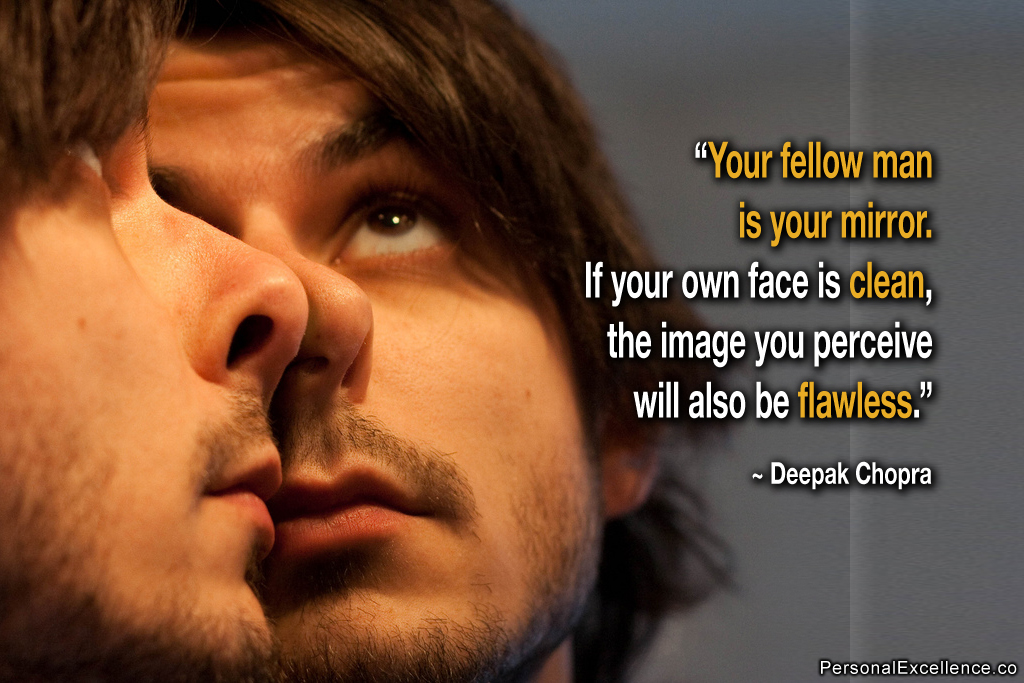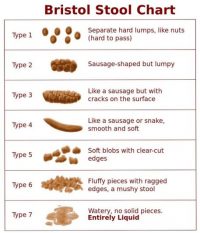This is part 3 of a 6-part series on emotional eating: how I used to be a severe emotional eater, how I overcame my stress eating issues, and how you can stop stress eating, starting today.
- Part 1: How I Overcame Emotional Eating, Part 1: Food as a Symbol of Love
- Part 2: How I Overcame Emotional Eating, Part 2: Deep Entanglement
- Part 3: How I Overcame Emotional Eating, Part 3: Becoming at Peace with Food
- Part 4: 12 Signs of Emotional Eating (And Why It is Bad For You)
- Part 5: How To Stop Emotional Eating, Part 1: Tackling the Causes of Emotional Eating
- Part 6: How To Stop Emotional Eating, Part 2: Rebuilding a Healthy Relationship with Food
A Quiet Cry for Help

During my battle with emotional eating, there were several times I tried to talk to a close friend about it. I was frustrated and needed someone who knew me, to hear me out.
Unfortunately, my good friend, who had a normal relationship with food, was not able to empathize with the situation. When I shared my suspicion that I had an issue with food, she told me I was theorizing the situation into something bigger than what it was. She said it was just a matter of being conscious of my food choices and not eating when I was nearly full, which were things I knew long ago.
Not able to get the support I was looking for, I stopped talking about the issue with her, or anyone for that matter. My conclusion was that if even a good friend couldn’t understand what I was going through, then no one in the world would ever understand.
I eventually found other good friends whom I could speak to about the problem, but for that period of time, I felt pretty upset that there wasn’t anyone I could talk to about what I was going through. I felt alone in the problem – helpless, dejected, and forsaken.
Quiet Madness
There were many nights when I would do nothing about my emotional eating and just go with the flow, via bingeing my emotions away and hiding in the comfort of food.
But every once in a blue moon, I would regain consciousness for a brief second and wonder “What the heck am I doing?”. I wanted out. As I mentioned in part 2: Deep Entanglement, I was caught in a loop of eating, overeating, feeling bad the next day, then eating, overeating, and feeling bad the next day. The exact same situation and exact same feelings, if not worse. I felt I was not moving on in life.
I wanted to overcome the problem, because it was a blockade in my development. Not only was my emotional eating thwarting my desire to live healthily, it lowered my self-esteem where body image was concerned. Also, a good deal of my emotions and energy were wasted every day on emotional eating, which l could easily invest in other areas of my life.
So I worked on it. Because the issue was linked with other, equally compounded issues (such as low self-esteem and poor body image), progress was slow. Many days, I would slip back into bingeing mode, though I grew more conscious each time. And each time I ate to feed my emotions and/or binged, I would grow more weary of it. It gave me the impetus to resolve the issue once and for all.
Resolution – Becoming at Peace with Food
After a long while, I finally became at peace with food. 2011 marked the year where I dug deep into my emotional eating issues and unbuckled myself from the chains of food, one at a time.
There were a lot of things I did and realizations which helped me to move on. I’ve highlighted the key ones below.
Resetting My Relationship with Food (via Fasting)

Because my emotional eating issue was heavily compounded, problem-resolution methods like brain dumping and self-introspection were of little help. I was like a fly wrapped in a thick spider web, unable to get anywhere.
Water fasting helped immensely in clearing that web and giving me a new start. Through my 21-day fast, which I wrote publicly on Feb 2011, I cleared out a lot of polarized, false beliefs I had surrounding food. (Which I shared in my overall fasting review, if you are interested.)
Some beliefs were absolutely ridiculous, such as a deep-seated fear that I would die right away if I ever stopped feeding myself, or that I should feed myself as often as possible, otherwise I would not be loving myself. I didn’t even know I had such beliefs until I did the fast.
The 21-day fast gave me a precious opportunity to examine my relationship with food. So were the subsequent 7-day fasts I did in April and May, and 1-2 day fasts I did every 2 months thereafter. Each fast helped me come to new realizations surrounding my emotional eating issue.
Even then, fasting was only a start. I could abstain from eating without any problem, but food is something we have to consume to survive. Abstinence was not a permanent solution; if I had to turn to fasting each time to reset my relationship with food, I would only be jumping from one crutch to another. I had to find a way to integrate food back into my life, where the relationship would be a healthy one, not one of emotional dependency.
Developing New Eating Cues
I found one of my problems was eating based on irrelevant cues. Say, when there was food available. When others were eating. When I passed by a food stall. When it was lunch/dinner time. When I felt like eating. When I thought I should eat. When I was offered food. When there was still food left.
Of course, none of these factors had anything to do with whether I should eat or not. My irrational eating would make me binge thereafter because I was angry at myself for eating even when I didn’t need to.
When should I eat then? I developed 3 guidelines to help me decide when I should eat or stop.
The first one is intrinsic hunger cues. I would eat only when there is a sensation of hunger in my stomach. This is a slightly warm, acidic, empty, and at times, gurgling, feeling. I would eat when this arises, and stop when my stomach is halfway full.
The second one is via caloric count. I would eat to match my caloric needs for the day. This is a precise, foolproof method, since it determines how much energy my body needs each day.
The third is my nutritional needs. I would eat to match my nutritional needs as per my ideal diet, such as the proportion of carbohydrates, proteins, and fats I should take in, sufficiency in vitamins and minerals, adequate water, and ample fruit and vegetable servings.
These 3 methods helped me get a hold of my reality of hunger, which had been highly distorted after all these years. I changed from eating all the time, based on subconscious triggers, to a eating pattern that was more grounded in my needs. It brought stability where eating was concerned.
Understanding My Eating Triggers; Breaking Subconscious Beliefs
On top of developing new eating cues, I processed my emotional eating triggers, one by one. These were subconscious wirings that fired me off to eat in spite of non-hunger.
For every situation, I would dissect it and identify the subconscious beliefs making me eat. I would dig into those beliefs to understand them. Resolution of those beliefs typically resulted in breaking of the pattern. I knew until I dealt with them at the root, they would not go away.
(For those interested in removing disempowering beliefs and building empowering ones, check out Days 26-27 of Live a Better Life in 30 Days on replacing limiting thoughts with empowering ones.)
For example, I noticed I would eat every time I came home, without fail. When I looked into the trigger, I realized it was because I would be tired after a long commute and food was my way of rewarding myself. Of course, it was unnecessary. There were other ways of rewarding myself, such as with a good rest. Food was the least form of reward because it would thwart my dieting efforts.
I would also be triggered to eat whenever I went offtrack on my diet, because I would feel bad for my “failure”. I would want to eat out of self-punishment, just to thwart my healthy living efforts. The loss of control over my eating patterns was debilitating. I addressed this by developing new eating cues (see above), removing self-enforced pressure to “perform” in my diet or “look” a certain way (which was part of the pressure behind my diet), and allowing myself to go offtrack in my diet.
Yet another trigger would be when I made myself work even though I was tired. I would eat so I would stay awake. Or when I made myself do work I didn’t want to do (such as writing an article on A when I would much rather write an article on B). I realized I was eating to compensate for pushing myself against my will. What helped was when I stopped making myself do things, and instead listened to my intuition on what to do next – which led me to a more impactful outcome than before.
I had a truckload of emotional eating triggers, but I didn’t let them stop me. I simply worked through them, one by one. Each time a trigger arose, I would examine and work through it slowly, until it got resolved. It took a while (8-9 months, in fact) to iron them out, but they eventually dwindled from a massive web of triggers, to a small handful, to eventually none.
Taking Ownership Over My Meals
I realized I often ate more than I desired or ate food I didn’t want to because I didn’t take ownership over my meals. For example:
- If I was in a restaurant, I would order mains over sides, even if I preferred the sides, because I would feel like a sore thumb for eating only sides. I was afraid of eating too little (even if I wasn’t hungry), because it would suggest I wasn’t taking care of myself.
- If others were eating, I would feel obligated to join in and eat too.
- If people prepared a meal for me, I would eat what they cooked, because I would feel like I let them down otherwise.
- If someone offered me food, I would feel obliged to take it vs. rejecting it, for the same reason.
- If I was in a restaurant/cafe (with others or by myself), I would order food even if I didn’t want to eat, because I didn’t want to be an noncontributing patron. (Though I could easily order just mineral water or get something to go.)
- If I was in a restaurant/cafe that did not have food I want (such as healthy food), I would compromise by ordering the better of the lesser food options, say less unhealthy food. (Though I could just opt not to eat and buy my food elsewhere.)
- If there was something I had not eaten before, I would want to try that, even though I could go for healthier, better options. Otherwise, I would feel like I was missing out on the experience. (In reality I was missing out on better health and a happier life.)
Clearly, I was letting my environment determine my eating decisions. I was not standing up for my truest intentions. Because of that, it would result in emotional eating, which would then lead to bingeing later on, because of my emotional eating (it was a circular problem).
In stopping this cycle, I had to learn several things, including learning to say no, detaching the actions from the intentions of the person offering me food, detaching social perceptions that came with eating/not eating, removing self-imposed expectations that I should eat just because others were eating, among others.
At the same time, I also learned to pack my meals / bring fruits out if I anticipated going without food for some time, consult my intuition before I make my food choices / eat, plan my meals in advance, decide when/what I want to eat, eat only things I truly wanted to eat, order sides over mains if I only wanted to eat sides, among others.

All of these helped me take ownership of my meals and stand up for my ideal diet, which in turn helped me stand up for myself.
Learning to Deal with My Issues vs. Turning to Food
I was using food as an avoidance outlet, though subconsciously so. Looking back, whenever I felt feelings of low self-esteem, inferiority regarding my body, overwhelm, or sadness, I would seek solace in food.
Instead of solving the problem, I would eat my unhappiness away. In place of that, was a false feeling of happiness, which would no sooner disappear after I was done eating.
The reason why that happened was because I found those problems too big for me to handle. This was why I (subconsciously) turned to food as my crutch.
My quest to break free from emotional eating eventually made me cognizant what was happening behind the “slips” and late night binges (which was becoming worse and worse). Every time I “slipped”, I would binge even more than in the past.
It would take several rounds of bingeing and self-hating before I finally decided “this was it”. I was sick and tired of repeating the same thing over and over again. Not only was I suffering the consequences of overeating, I was killing my soul every time I did it. It certainly didn’t resolve the originating problems either (e.g. overeating wasn’t going to address feelings of low self-esteem), which would reemerge when the same conditions were in place.
I started to look into my eating triggers (as I shared above), which led me to discover problems I didn’t know I was hiding from. Each time I emerged, I would work through them, one by one. Eventually, this removed my emotional dependency on food.
Listening to My Heart
Developing a stronger connection with my heart helped tremendously in tackling my emotional eating issues. Rather than do things because I think I want to, I began to consult my intuition, and let it guide me.
For example, let’s say I’m in a restaurant. I would order based on what my heart goes for. So if I want this steamed spinach roll that is smaller in portion but cost more, I would order that, rather than go for the lunch special that costs less but isn’t what I ideally want. Or say, if I’m working on my site. I would write based on what my heart is telling me to write, rather than what I think I should cover. Or even, if I’m out with friends and some of them want to go to X location, I would check what my intuition wants and go with that.
Interesting, the more I followed my heart, the more aligned I became, as a person. I noticed whenever I went against my heart, I would get triggered to eat, as if my higher self was trying to tell me something. Looking back, it was because I was hurting my soul whenever I went against my true intentions. And since I subconsciously saw food as love (which was an issue in itself – see next point on “Seeing Food as What It Is”), I would eat to fill up that void (which of course, was not a real solution).
Seeing Food as What It Is
Last but not least, I began to detach my emotions from food, and see food as what it truly is – food.
Previously, I had been making food out to be so much more than what it was. I had seen it as a companion, a best friend, a pillar of support. It was there to comfort me when I felt down. It was there with me when I celebrated happy times. It was a never-changing constant I came to count on whenever I needed it.
But since food is a non-living thing, it was incapable of reciprocating any of my emotions. I had entered into a one-way relationship with food, where I would “love”, “crave”, or even “detest” it, and none of my intents would be returned in any form. In reality, I was just battling with myself. If food was a living being, it would have thought I was crazy.

After I demystified food, and recognized that it was/is just a composite of ingredients, just something to fuel my body, and not a friend, buddy, or symbol of love as I had made it out to be (fasting helped me a lot in demystifying this notion), my views on eating and food became more rooted in reality. No more turning to food out of irrationality. No more personification of what is not even alive. No more giving of my power away to something that is not me.
In Conclusion
It has been one heck of a train ride, one immensely eye-opening journey, and one which I’m happy to be able to put behind me today.
While it hasn’t been easy working through the intricacies of my emotional eating issue, I’m glad to have finally made it through.
What helped immensely has been my constant efforts to work through it. That no matter how many times I responded to my problems via eating, no matter how many times I binged despite of my better wishes, I would return to troubleshoot the situation later.
One by one, the problems got resolved. Step by step, I gained a hold over my eating. And eventually, the invisible voices that would trigger me to eat, even when I didn’t need to, disappeared. And in place of that, was a sense of peace where eating was concerned – something I never thought was possible.
I hope the sharing of my emotional eating journey has been helpful to those of you who are emotional eaters. I want you to know that like all situations in life, emotional eating is very much resolvable, and it’s up to whether you want to address it or not. I’m here to help you do that.
Continue on to part 4, where I share the 12 signs of emotional eating which will help you identify the extent of your emotional eating issue, along with 7 issues of emotional eating.
This is part 3 of a 6-part series on emotional eating: how I used to be a severe emotional eater, how I overcame my stress eating issues, and how you can stop stress eating, starting today.
- Part 1: How I Overcame Emotional Eating, Part 1: Food as a Symbol of Love
- Part 2: How I Overcame Emotional Eating, Part 2: Deep Entanglement
- Part 3: How I Overcame Emotional Eating, Part 3: Becoming at Peace with Food
- Part 4: 12 Signs of Emotional Eating (And Why It is Bad For You)
- Part 5: How To Stop Emotional Eating, Part 1: Tackling the Causes of Emotional Eating
- Part 6: How To Stop Emotional Eating, Part 2: Rebuilding a Healthy Relationship with Food
(Images: Woman crying, Pebbles on sand, Meditate, Light at end of tunnel)








 Thanks for reading. If you like my free articles, join my private email list and get my latest updates and articles sent right to your inbox.
Thanks for reading. If you like my free articles, join my private email list and get my latest updates and articles sent right to your inbox.